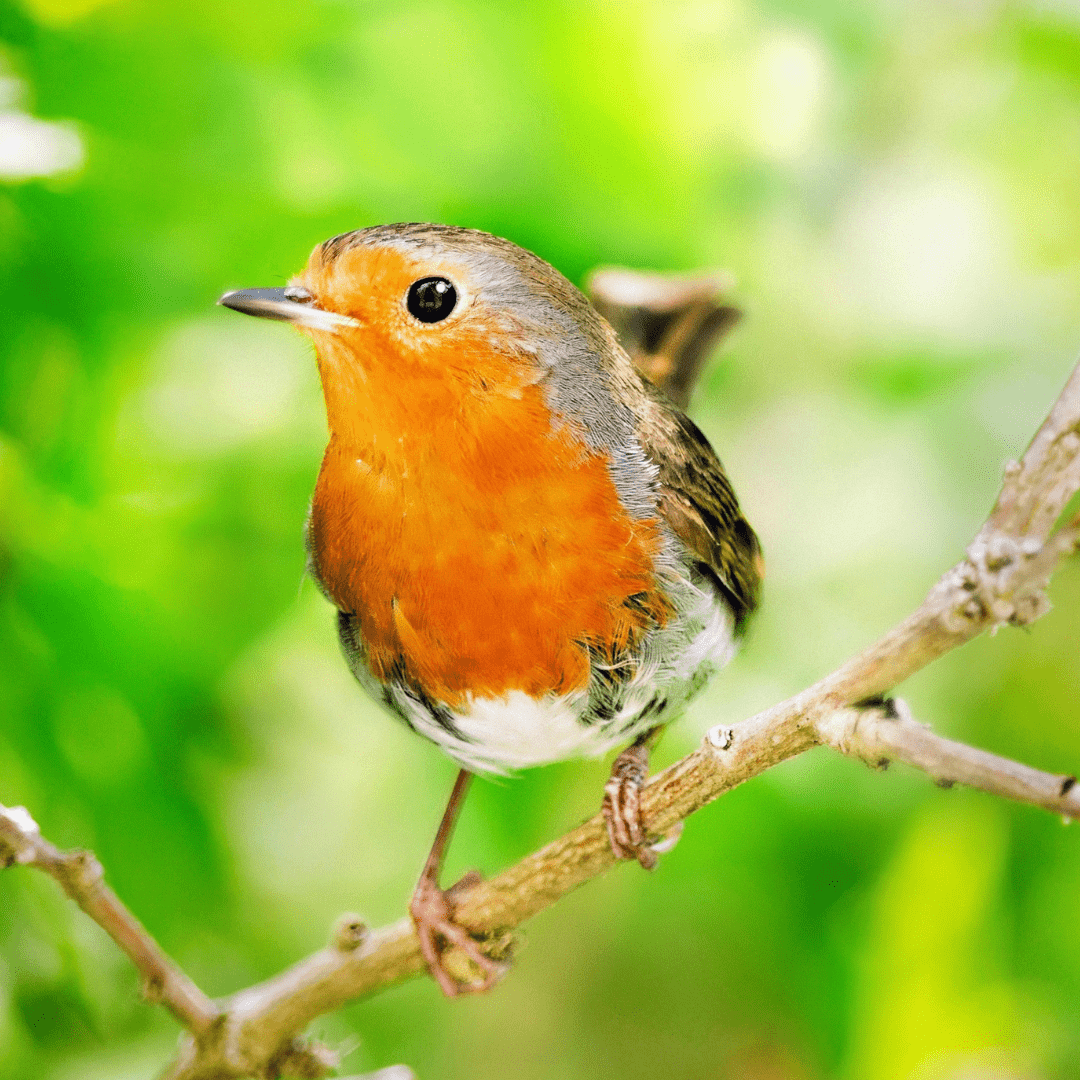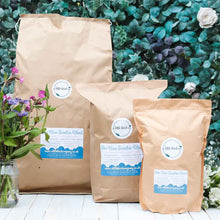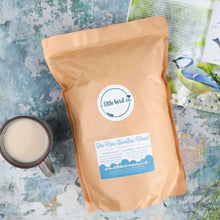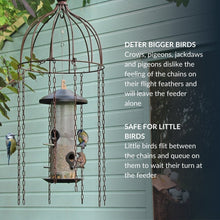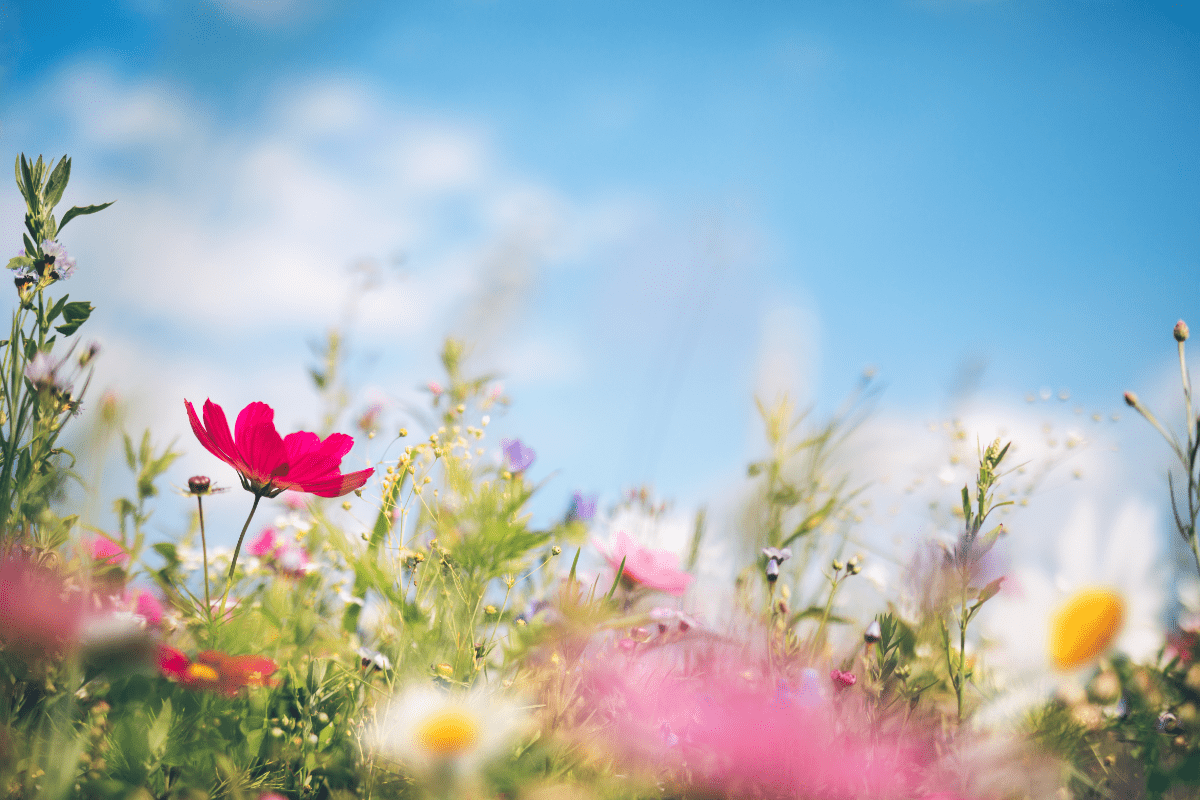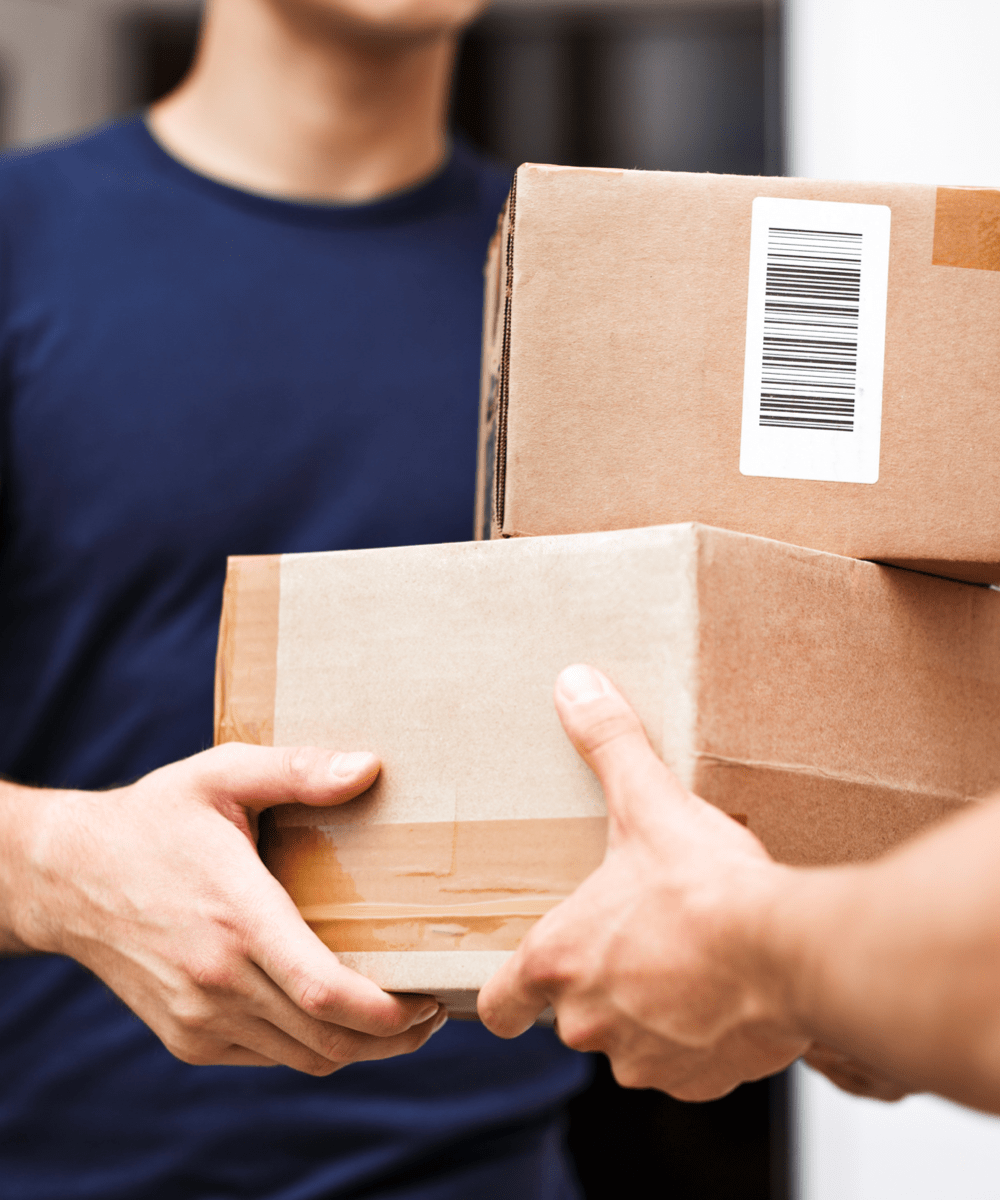Five steps to a garden filled with birds

Wild bird populations are in decline in the UK. Population growth, transport and artificial gardens have had a huge impact on numbers, and intensive farming, fuelled by a demand for cheap, mass produced goods, has had the biggest impact of all. The destruction of hedgerows and woodland spaces and the use of pesticides and chemical fertilisers have all endangered birds and destroyed their habitats. We can do our bit to support wild bird populations by giving them a safe habitat and supplementary food source in our garden – let’s look at how to get started.
Step One: Choose Your Feeder
There are so many options when it comes to feeders, from super strong and functional to modern to traditional. We recommend choosing something sustainably made – avoid single use plastic feeders which are not built to last or to be recycled. Look for a feeder which is easy to fill and clean and offer a bird table style feeder as well as a hanging feeder to attract a range of different birds.
Step Two: Choose Your Food
Different foods attract and support different birds, so always read the back of the pack. Our food is packed with sunflower hearts, suet, kibbled peanuts, mealworms, safflower and hempseed (adjusted seasonally to meet your birds’ seasonal needs) which makes it perfect for small birds like tits and finches. Once you've started adding food, you'll want to make sure the birds can rely on your garden for a source of food - you don't want them to turn up one day and be disappointed. We offer a subscription service to make it easy to top up your feeders. To attract bigger birds go for wheat, dari, maize and millet. Always avoid food containing dry rice or lentils and pink or green lumps (these are dog biscuits). You can add kitchen scraps to your feeders – birds love jacket potatoes, cheese and bacon rinds, just avoid salty or processed foods.
Step Three: Position Your Feeder Carefully
Some birds like to feed out in the open where they can see approaching predators, while others prefer to feed under cover near shrubs and trees for protection, so aim for a feeder in each location, making sure that they are spread out to avoid competition. Hang your feeders in quiet areas of your garden, making sure they are easily accessible for cleaning and filling, and place near other natural sources of food and water.
Step Four: Refill and Keep Clean
Top your feeders up at the same time every day, and remember that it can take two to three weeks for your garden birds to notice and trust a new food source. Bird feeders can be a breeding ground for bacteria, so it is important to keep your feeders clean. Empty out any uneaten food every few days and take apart and clean your feeder with a brush and mild detergent once a week. You want your birds to trust you as a safe and reliable source of nutritious food, all year round. You can find out how to clean your bird feeders in this blog post.
Step Five: Troubleshoot
Squirrels and larger birds (including pigeons, corvids and starlings) can be enthusiastic users of a new bird feeder. To deter them, try offering them a food supply of their own, use a squirrel baffle or squirrel proof feeder (I always recommend the Squirrel Buster, which is designed to keep squirrels away from the birds' food) and hang your feeder away from fences to limit access (I recommend the 5-7-9 rule; squirrels and cats can’t usually jump up to 5 feet up from the ground, 7 feet across from a fence or tree and 9 feet down onto a feeder from above). Position your feeder according to these guidelines and prune back any branches that give access. If you have a cat, add a bell to her collar, and sweep any dropped food from beneath the feeder to deter rodents. Learn more about protecting food from squirrels, parakeets, pigeons, crows and starlings.
A supplementary supply of nutritious food is an excellent way to encourage wild birds to your garden. To offer further support, try planting your garden to encourage birds and wildlife (fruits and seeds produced by plants and insects encouraged in through your planting and gardening choices will give your birds a range of healthy foods), and adding a supply of water (a pond or bird bath). Don’t forget to take time to watch the birds in your garden – it is rewarding, satisfying and boosts your mental health and well-being.
If you have any questions, please get in touch - I would love to help you get started with feeding the birds in your garden.




